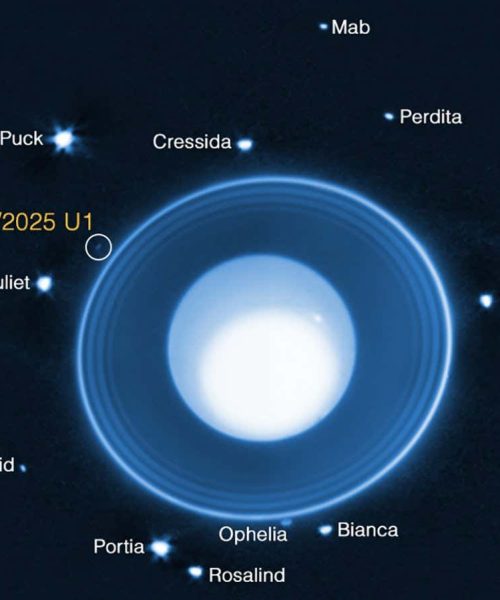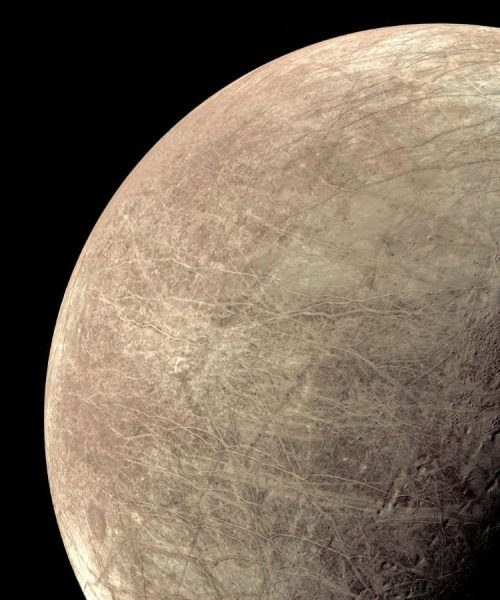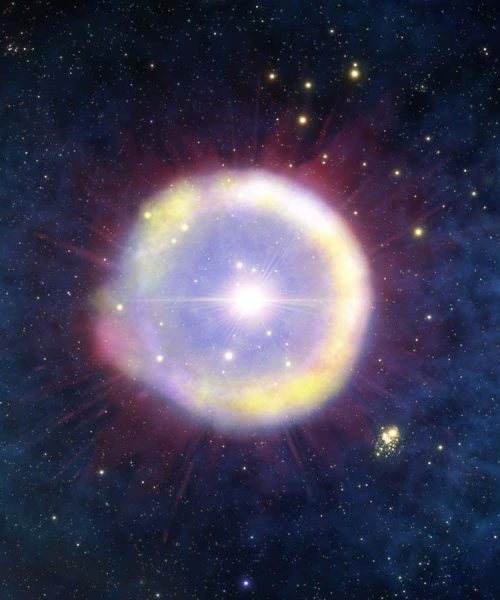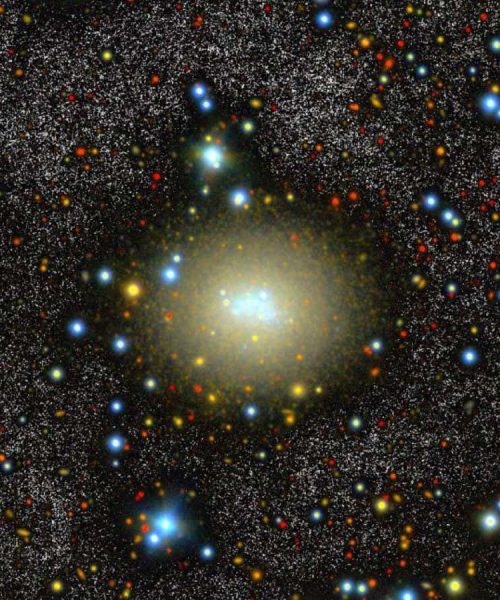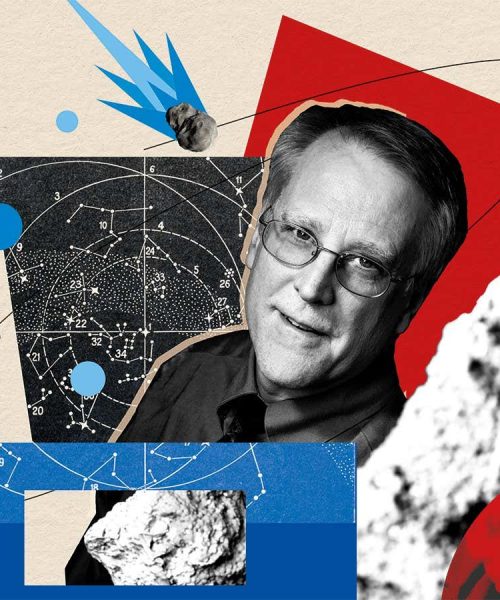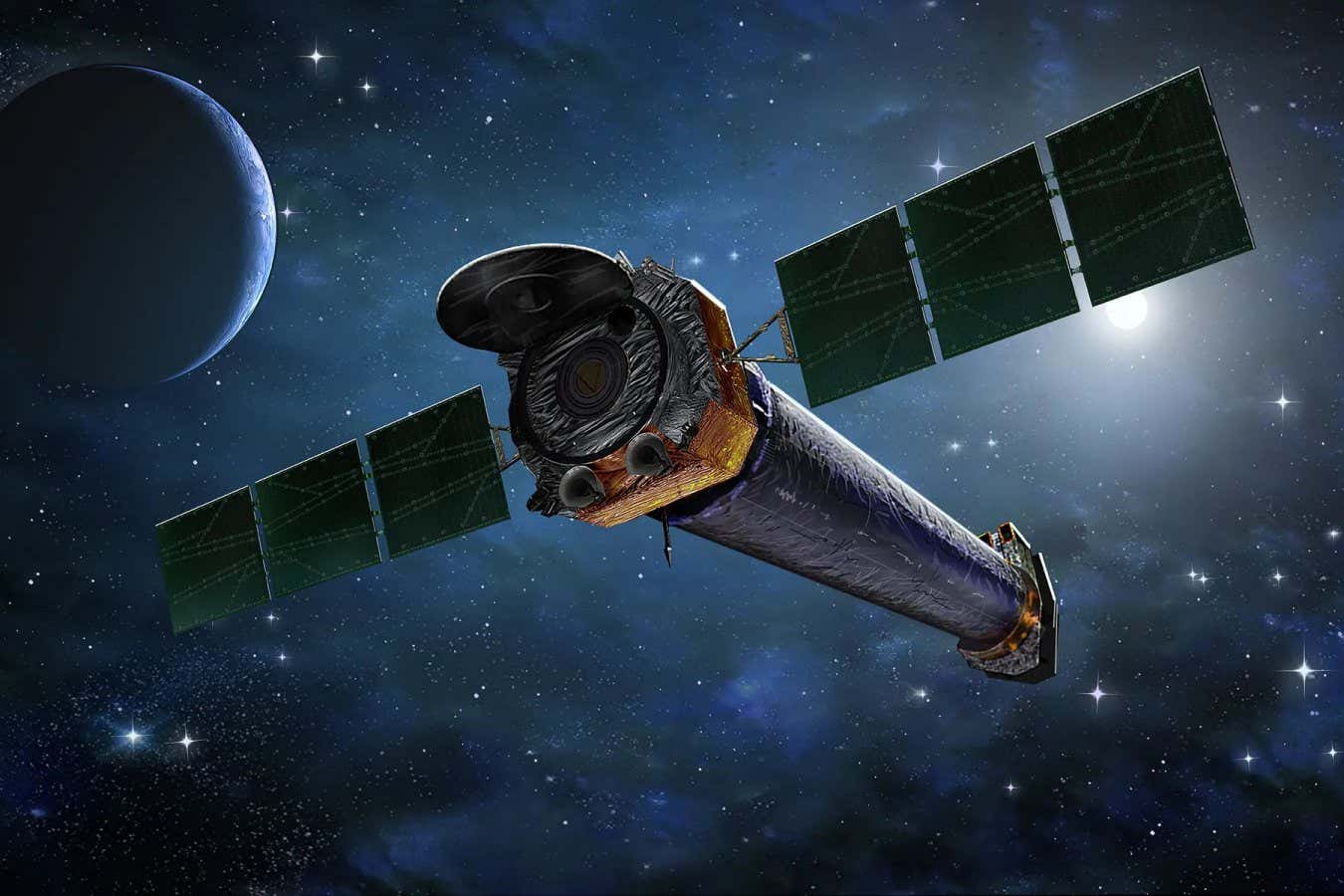
Chandra X-ray Observatory
NASA/CXC & J. Vaughan
On 23 July 1999, just months before I started university, NASA’s space shuttle Columbia launched with precious cargo on board. Not only was it carrying the first crew to be led by a woman, Eileen Collins, but its primary goal was to launch a new flagship space telescope, the Chandra X-ray Observatory. Chandra was the heaviest payload that NASA’s space shuttles ever carried, and it turned out to be one of the last two completed missions by Columbia before it tragically exploded after launch on 1 February 2003.
Chandra was the first, and so far only, NASA mission named for a person of colour, the late theoretical astrophysicist and Nobel laureate Subrahmanyan Chandrasekhar, known to his friends and family as Chandra. Chandrasekhar, whose family name means “moon crown”, made many significant contributions to astrophysics. His most important was figuring out the Chandrasekhar limit, the maximum mass a white dwarf stellar remnant can be before it collapses and forms a black hole.
It is appropriate to name an X-ray telescope mission after a scientist who spent his life thinking about the physics of black holes, because X-ray telescopes play a key role in black hole research. X-rays are high-energy light waves. This means they are produced in extremely energetic environments like the regions around black holes, where the strong gravitational pull due to space-time’s extreme distortion causes particles to accelerate to very high speeds. In other words, we see a whole other universe when we look at it through the lens of X-ray astronomy rather than the visible wavelengths of more traditional telescopes.
Advertisement
Importantly, X-ray astronomy can’t be done from Earth’s surface because our atmosphere blocks X-rays. That is good for human health, but not so great for astronomers. Thus, Chandra serves as a reminder of how important it is to keep low Earth orbit free of debris: we need to be able to safely launch space telescopes that do work we simply can’t manage from the ground.
I feel that I have grown up with Chandra, and not just because attending university at Chandra headquarters, now known as the Center for Astrophysics (CfA) in Massachusetts, meant being mistakenly called “Chandra” a lot. One of my undergraduate lab projects was calibrating the light-collecting part of a back-up camera for Chandra. The following year, I wrote my undergraduate thesis under the supervision of X-ray astronomy expert Martin Elvis. My research focused on winds of particles that fly out of galaxies that are home to supermassive black holes. I used Chandra data to analyse what structure these galaxies might take. I know for a fact that Martin’s letter secured my admission into at least one PhD programme. In other words, without Chandra, my career might never have launched.
I am one of thousands of scientists across physics and astronomy who can tell a similar story about how Chandra data has provided the foundation for their early career steps, or who have dedicated their lives to exploring cosmic mysteries using Chandra. Laura Lopez at The Ohio State University has long used Chandra to research supernovae. Daniel Castro, now a staff scientist at the CfA, does the same. The three of us were all postdoctoral researchers together at the Massachusetts Institute of Technology, part of a generation raised on the power of the Chandra X-ray Observatory.
Today, after 25 years in orbit, Chandra is under threat – not from space debris or the realities of ageing equipment, but instead from political winds. US President Joe Biden’s political appointees at the head of NASA recently sought to wind down the project, but the scientific community has worked with Congress to save the mission. But things won’t be the same. The compromise, yet to be signed into law, involves significantly defunding and limiting the scientific reach of Chandra. There is no scientific argument for doing this, especially against the recommendations of professional advisors. Even so, NASA has cut grants that were already promised to scientists, leaving PhD students and postdoctoral researchers without expected funding that covers the salaries they live on.
Chandra deserves better, and so does its global audience. Thanks to Chandra, we have discovered new neutron stars and learned about their interiors. Our knowledge of black holes has blossomed. We better understand the stellar life cycle and the history of our galaxy. We have been able to situate the Milky Way in context, studying galaxy clusters and learning about how dark matter is distributed in them. There is still time to save Chandra, which is a monument to human ingenuity. The fact it is still going strong after 25 years should be celebrated, and honoured by continuing the mission.
Chanda’s week
What I’m reading
A friend gave me a copy of Andreea Kindryd’s From Slavery to the Stars: A personal journey, and it’s beautiful.
What I’m watching
I’ve been watching classic episodes of Star Trek: The Next Generation like “Remember Me”.
What I’m working on
I’m developing a new course that will prepare students to understand science in social context.
Chanda Prescod-Weinstein is an associate professor of physics and astronomy, and a core faculty member in women’s studies at the University of New Hampshire. Her most recent book is The Disordered Cosmos: A journey into dark matter, spacetime, and dreams deferred
Topics:
